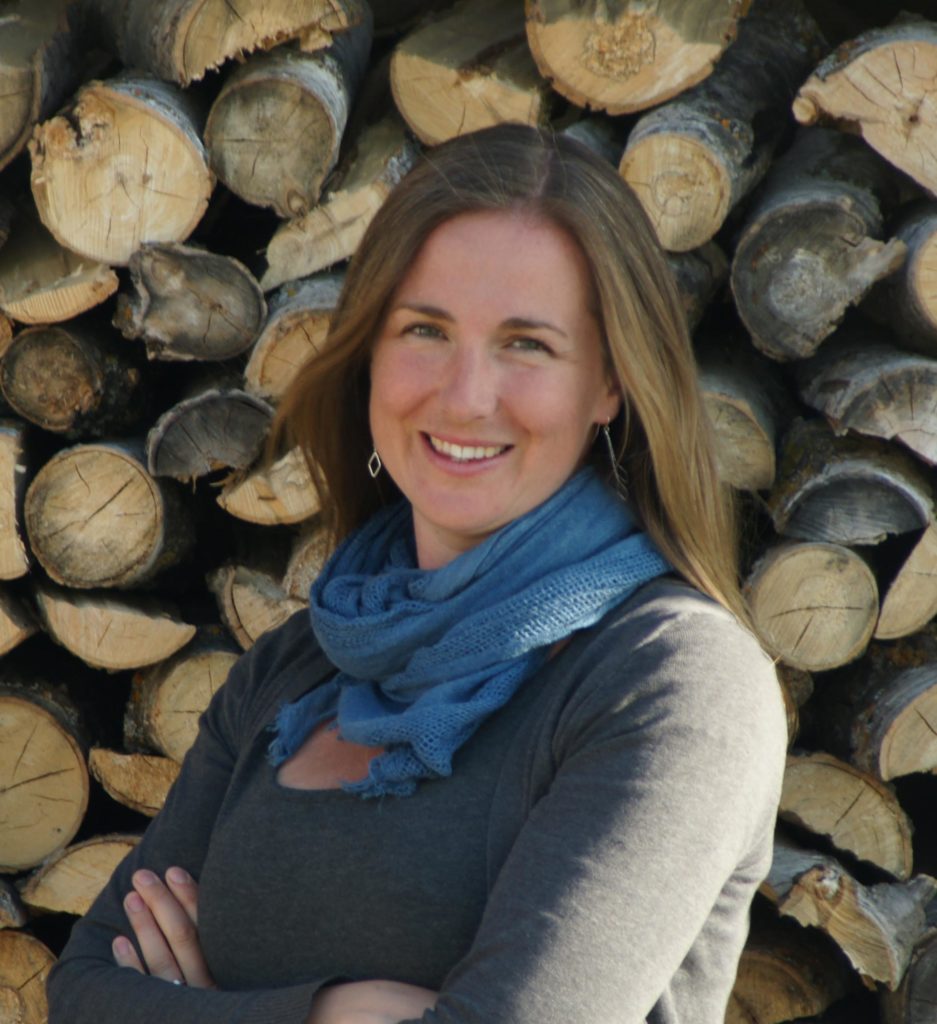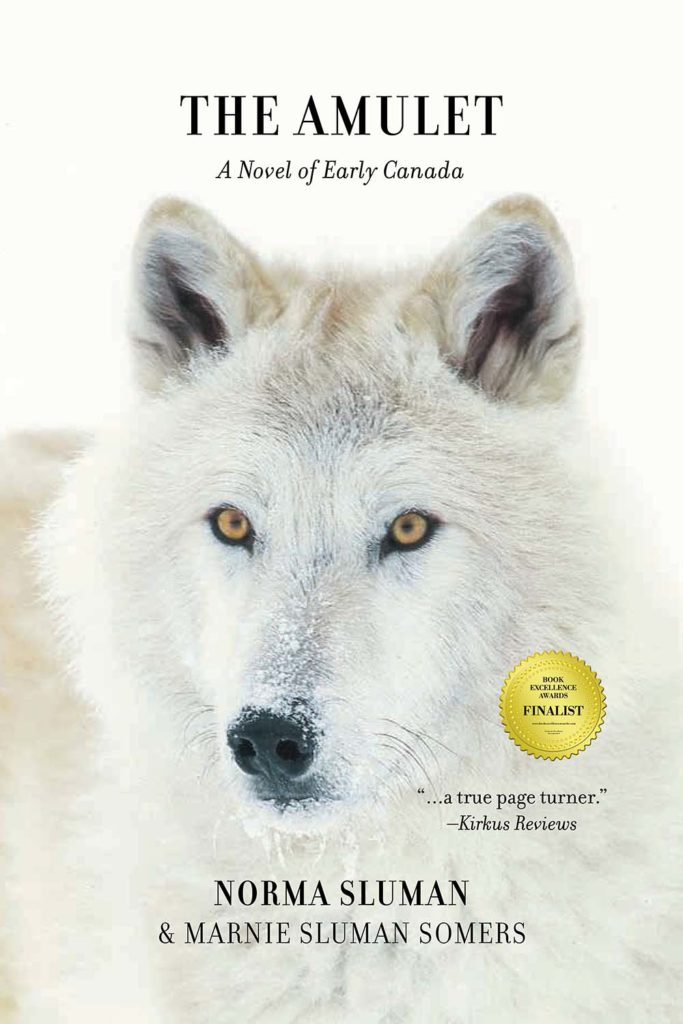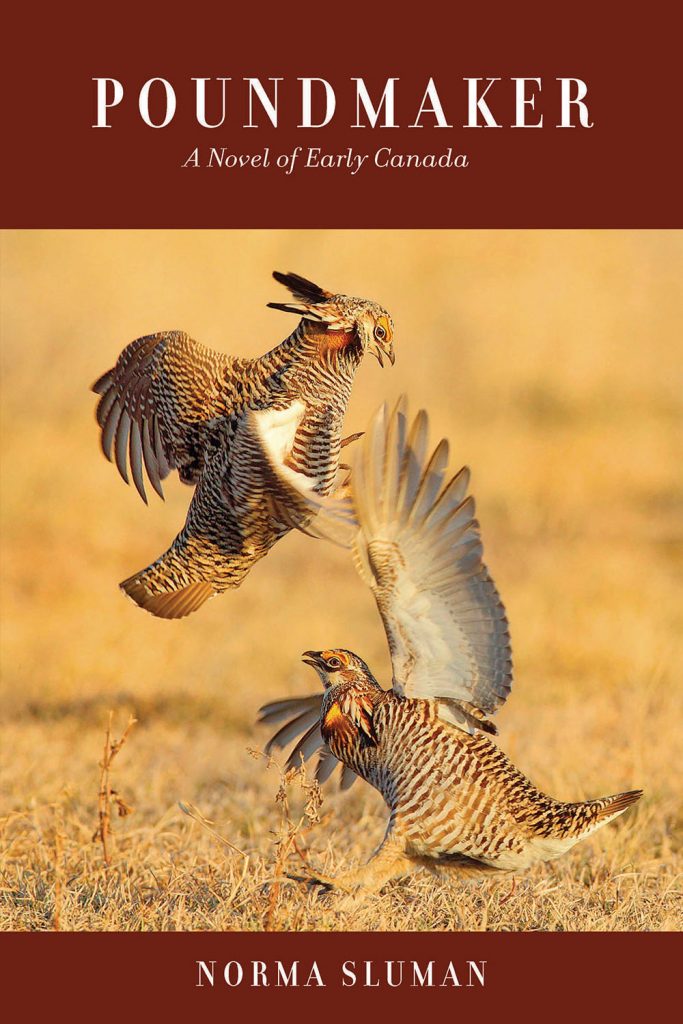Photo by Ricardo Gomez Angel on Unsplash
We recently talked about the beginning steps for thinking about setting. If you followed those steps then you’ve figured out the rules of the place you’re writing about, you’ve explored, researched, and learned about how similar places in the real world function, you’ve dreamed up the details of this place, and you’ve thought through the implications of it all.
Now what do you do with all this knowledge?
Don’t tell your readers everything about the setting
Don’t spend pages and pages describing the inner workings of society, the structure of government, the shapes and colours and architectural styles of the buildings, the clothes people are wearing and what they mean, while your readers yawn and wait for something to happen.
Show your characters interacting with the world
The place we live has a huge impact on our lives. Notice these impacts and show them to your readers. Readers are people and people are skilled at figuring out the rules and expectations of society without ever being told explicitly what they are. It’s a survival mechanism.
Describe the physical world as your character runs into it
The physical world effects the way we move, the feelings we have, and the choices we make. Describe the details of the world as your characters encounter them. The shapes and colours, the smells, and the reactions your characters have to those things are great ways to immerse your reader in the world of your story without boring them with pages of description and explanation.
Explain social structure using point of view and action
The rules of your world dictate how your character is supposed to behave. How do they feel about those rules? Do they follow them or break them? Your readers can figure out social norms and expectations of your world very quickly by watching your character interact with those norms. What conclusions does your character draw about the people and places they encounter and why? What makes them feel safe or afraid? What causes them to act or withdraw? What does your reader notice? What do they not notice? The way your character sees and reacts to the world tells us about the world and about them at the same time.
Notice how much we learn about setting and character in these few sentences from the novel Clariel:
“I suppose I’d better try to talk to Father,” Clariel whispered to the sky. Unlike in the Great Forest, it was a vast and bare expanse of stars, lacking the comforting shadows cast by the mighty trees. It made her shudder to look upon the cold emptiness above, and shudder again as she dropped her gaze and looked out upon its opposite, the crowded, fettered houses jammed together, mimicking the night sky and its stars with lanterns and Charter lights in a thousand, five thousand, ten thousand windows…”
—Clariel, by Garth Nix
Choose your details wisely, make them count, make them mean something.
When I say “Don’t tell your reader everything about the setting” I don’t mean tell them NOTHING. Of course you need to write details and descriptions and work in the sights and sounds, shapes and smells of the world they live in. But I want you to think about which details you’re telling. I want you to think about why and how you’re telling them. Choose your details wisely, make them count, make them mean something.
Don’t make your world too neat and tidy
The world is a messy and complicated place. Make sure the world you’re writing (whether it’s real or imaginary) is messy and complicated too. Some things to think about:
- Groups of people aren’t monoliths; make sure you don’t blanket entire groups of people with opinions or ways of behaving.
- History and politics aren’t universally understood and agreed upon truths; make sure you don’t show entire societies or groups of people agreeing completely on events, changes, or ideas.
- People, society, war, and politics are not completely rational and logical. Societies are made up of people and people are emotional, intense, and irrational. Sometimes the things we do don’t make sense and can’t be explained, that’s just the way it is and it should be that way in your writing too.
A few more ways to use setting:
- Use the setting to mirror, foreshadow or increase conflict. A classic example is a storm brewing in the background while an emotional confrontation is building.
- Use the setting to set the mood of a scene. A sunset could add romance or emphasize an ending. A hot, sticky, uncomfortable day could underline the uncomfortable feelings a character is having.
This week’s assignment:
Do some writing! That’s it. Just write.
If you’re interested in learning more about writing setting check out this book by skilled worldbuilder Jeff Vandermeer: Wonderbook: The Illustrated Guide to Creating Imaginative Fiction.
I’m writing with you

Laurie MacNevin, HF Associate Editor
Laurie is an editor, writer, and researcher. Her deep love of stories led to an Honours degree and a Master’s degree in English Language and Literature from the University of Windsor. Originally from Southern Ontario, Laurie has lived in Manitoba for more than ten years, exploring the stories, landscape, plants, and people of some of the most remote parts of the province including three years in Churchill and two years in God’s Lake Narrows First Nation. Laurie and her family now live on an acreage outside of Carberry.
Not a member of our FREE Book of the Month Club yet? What are you waiting for?
Want a chance to win a free book written by a different Canadian author? Join our Free Book of the Month Club! Every month we review a book by a Canadian author and give it away to one of our email subscribers. Our goal is to share the work of other Canadian authors to help readers find other writers.




